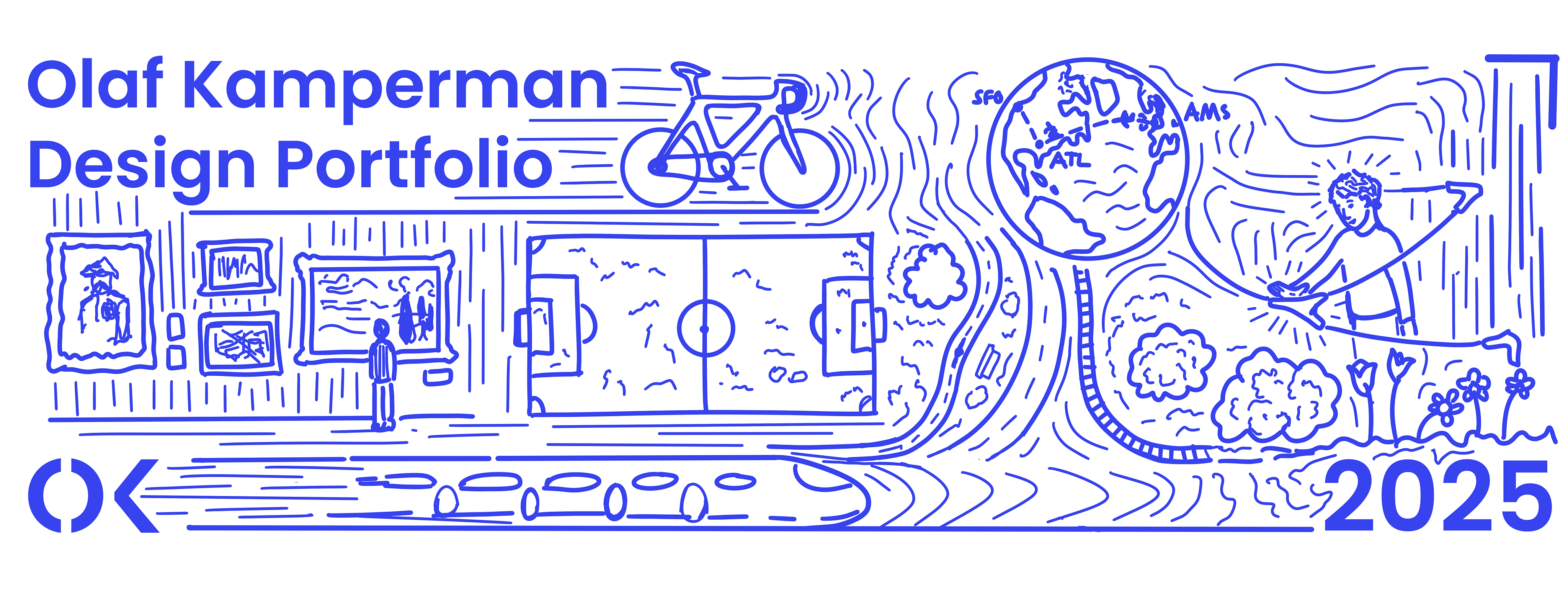Did you know trees talk to each other?
M.I.K.E. is an interactive educational installation that teaches visitors about mycorrhizal networks. Through an immersive experience, people can become a part of the networks of trees and mycelium (tiny roots of fungi) and see how connected, alive, and important nature really is.
Prompt: Create an interactive experience that tells a science story. For our group specifically, one that makes a complex communication or transportation network spatially experiential.
Done for the Interactive Environments Minor at TU Delft in collaboration with TU Delft Science Centre November 2022 - February 2023
Group members: Rita Julia Górriz Salanova, Olaf Kamperman, Sasha Kiselev, Julia Kleinwachter, Tieme van Wijnen, and Pablo Yániz González
My Role: Designing the 3D-printed nodes, developing the interaction, creating storyboards, and helping with facilitating tests, building the space, and presenting
Tools: Fusion360, Procreate, Prusa 3D Printers, Rhino, Keyshot, Circuit Python, Miro
Skills: Interdisciplinary and multinational teamwork, design for interaction, user testing, design communication, exhibition design, rapid prototyping, storyboarding, research
Exhibited at Dutch Design Week 2023 to 15,000+ people in Eindhoven, NL








In M.I.K.E. visitors can touch nodes representing trees/plants/fungi, which send messages to neighboring nodes as if requesting resources. These messages travel as light signals through LED strips representing mycelium, the roots of fungi through which trees can 'talk' to each other in nature. If another visitor or the same one touches another node at the same time, the second node responds to the initial message and the two create a green connection representing the sharing of resources like water or sugars. The initial, single message, and connection behaviors can be seen below.

Passive 'blinking' behavior

Single message

Connection
Process
Brief
The above represents the three elements of our brief: the need to tell a science story for the science centre, create an immersive interactive experience, and have that interactive science story be about complex communication or transportation networks.
Research





Inspiration










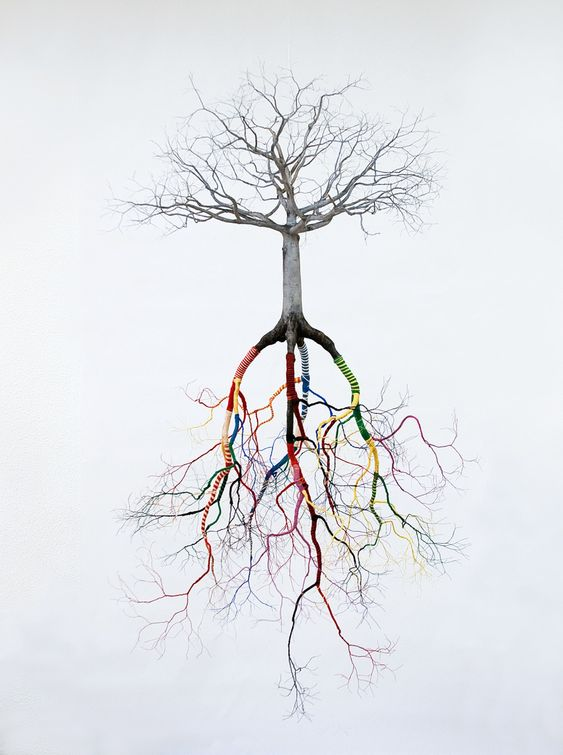


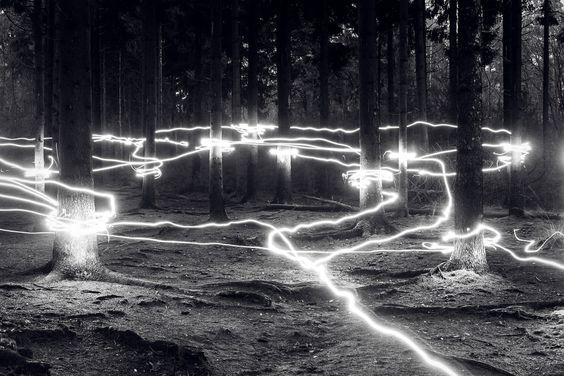
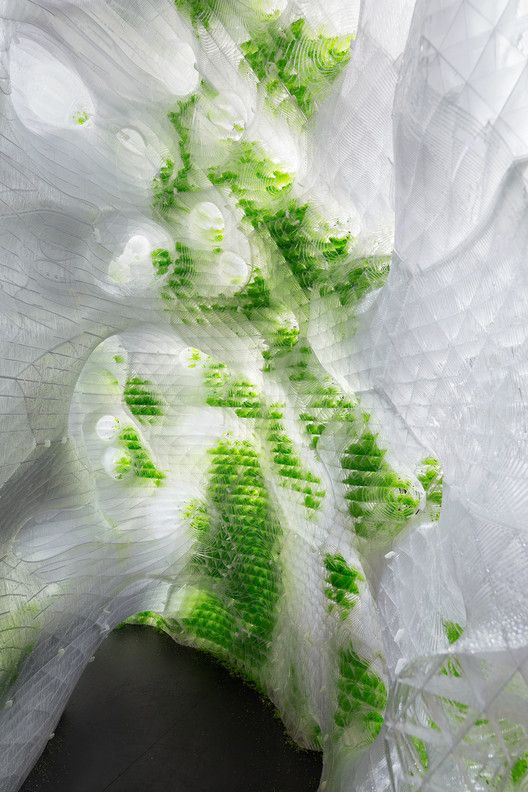
Initial Sketching







Prototype 1: Wizard of Oz



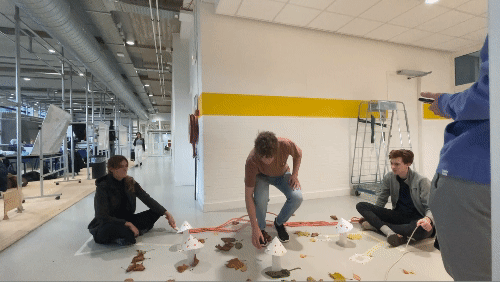
Answers
People feel trapped if connections are raised and the space is closed off.
Matching visuals help signify where interaction should happen.
Interaction is a bit limited without some kind of extra element.
Questions
How can we make an immersive space using a web-like form factor without making people feel trapped?
How literal should we go with the nature form factor?
How can we expand the interaction? Involving others? Making it more game-like?
Prototype 2: Integrating Tech


Answers
Green light (intended as disease/insects spreading across forest) seen as a good thing.
Game was confusing without added explanation.
LED strips effective at showing something spreading.
Questions
To increase understanding should we simplify the interaction or add explanation?
Will it become more compelling in a larger system or is the 'save the forest' game too simple?
The button isn't particularly interesting as an input, what should we use instead?
Prototype 3: Wall Game
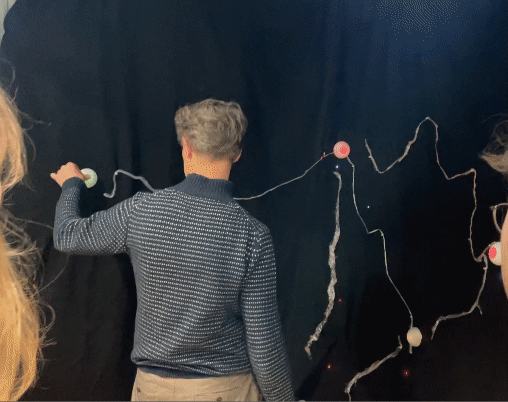


Answers
Dark space works to place emphasis on the lights, needs to be darker and surround the user more.
Interaction was super confusing, worsened by lights not following paths exactly.
Buttons, although mushroom-ified, felt unstable and not satisfying.
Existing scaffolding in the Science Centre is the best way to create structure.
Questions
How can we create a more open interaction instead of a game with a defined success and failure?
How can we mediate the light from the LED strips without making the behavior hard to trace?
Is the black and white theme working to represent the underground or should it be more earth-colored?
How should we expand the interaction off the wall and into space?
Further Sketches
Once it was decided that we were going to use the scaffolding as structure and have LED strips represent the network of mycelium in a dark 'underground' space, we had narrowed down our idea considerably. Still, some key questions remained, which I started exploring with the sketches above.
What should the walls look like?
How will people interact with the points where wires cross? With each other?
Will people walk through a web of wires?
Prototype 4: Strings and Wires


Answers
The space can be effectively filled with 5-10 meters of strips attached to the scaffolding
People don't have a problem going into the space if the wires are at the right height.
Pulling on connection points is too harsh, should be a touch or proximity interaction
Questions
How will we do sensing for so many interaction points and not have a bunch of wires hanging everywhere?
How can we darken the space sufficiently without spending too much on materials?
What will the nodes look like and what will they be made of? How do we encourage interaction/touching?
Nodes: Testing Form Inspiration





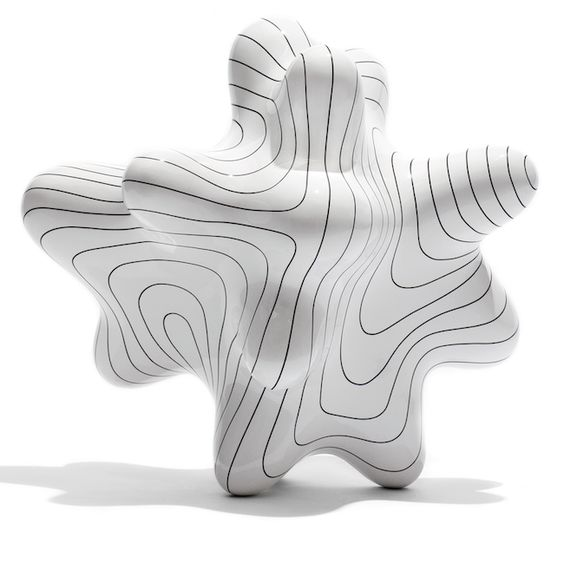
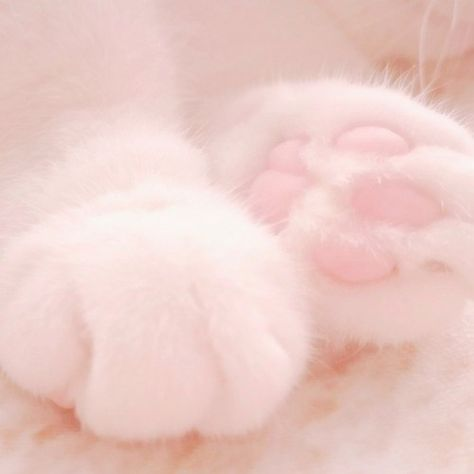

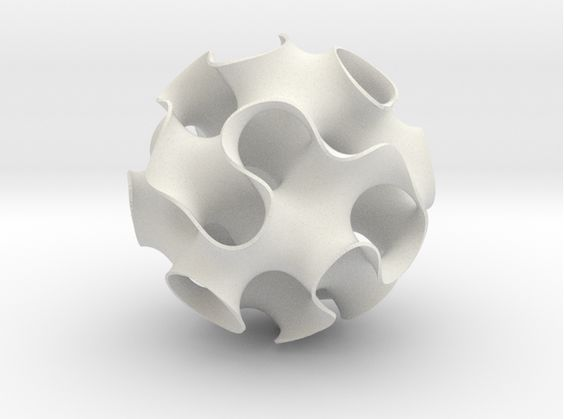

Results from asking peers which form they would most like to touch. Those with lowest overall score did the best.
Nodes: Developing Form











Through some rounds of iteration and drawing on inspiration I landed on a design that:
Flowed with the directionality of the LED Strips
Could be cut by maximum 2 planes for easy 3D printing and assembly
Diffused the light in an interesting way through transparent PLA
Securely attached to the walls
Followed the strips but still had a bulbous middle to grab onto
Nodes: Final Design



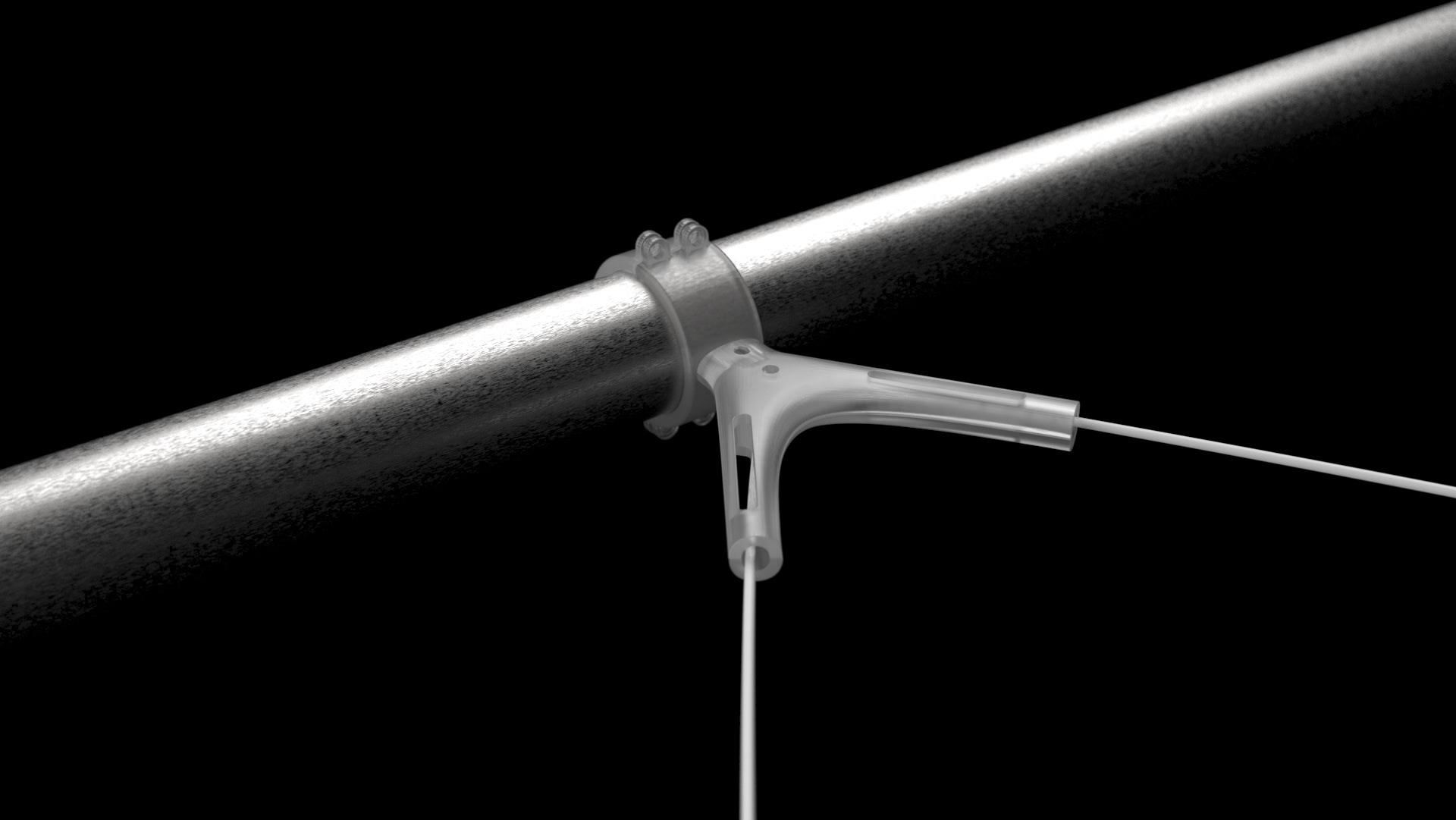






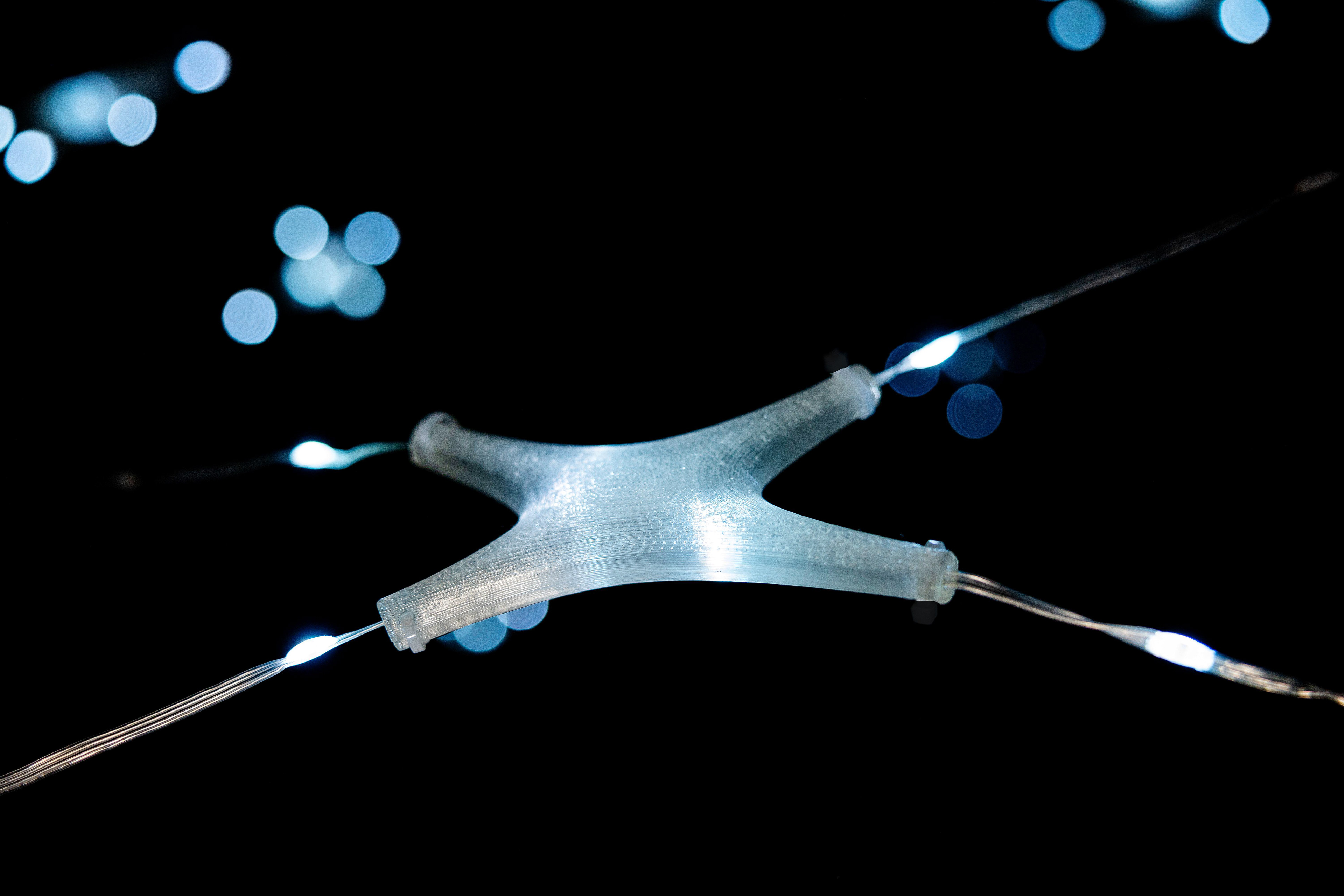
Prototype 5: LEDs and Paper


Answers
More open interaction is clearer and people enjoy touching the nodes and exploring the space.
Nodes look good, they let enough light shine through, fit the strips well, and don't shift or damage easily.
Camera-based sensing works well but has issues with blocking and light.
Questions
Will the black cloth we ordered be enough to block light?
Will using infrared for the camera work well enough?
How many people can it handle at once?
What can we add to explain more of the story?
Final Design
Full Video
Final Space

General Plan View

Node Network

Camera View

Electronic Components

